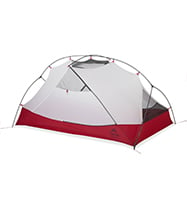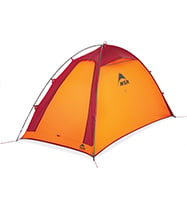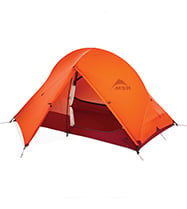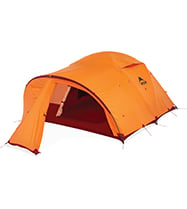Tent Fabrics Part 2: Waterproof Ratings
When the rain starts pummeling your tent in the middle of the night, it’s easy to start pondering an essential tent feature that can make or break your trip: waterproofness. And the higher the waterproof rating, the better, right? Not necessarily. Rather than just choosing a tent with the highest waterproof rating, it helps to understand what the numbers mean—and when and where lower waterproof ratings can actually be better for a particular tent or shelter.
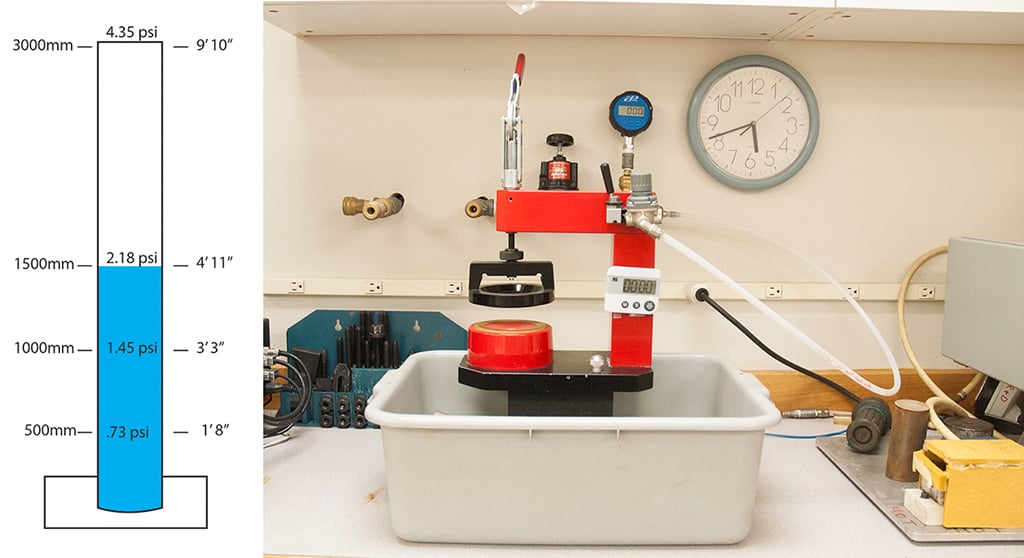
What does the millimeter (mm) waterproofing rating mean?
A fabric’s waterproof rating, measured in millimeters (mmH20), refers not to the thickness of the fabric or its polyurethane (plastic) coating but to the pressure at which water is able to press through fabric. The standard waterproofing test involves applying water pressure behind a fabric sample until 3 drops of water are able to pass through the fabric. For example, a 1500 mmH20 rating means the fabric can sustain 1,500 mm of water on top of the fabric before it can leak. The measurement can then be converted into pounds per square inch (a 1,500 mmH20 rating would translate into 2.18 psi).
So how many millimeters of waterproofing do you need?
The short answer is, not always a lot. A point of comparison is an umbrella, which you might assume to be a good example of waterproof protection. Umbrella fabric in our hydrostatic head tester resulted in a rating of just 420 mmH20, proof that a bigger number is not always needed when it comes to keeping you dry. So then why do tents have waterproofing ratings of 1,000-10,000 mmH20?
Part of the reason has to do with the greater durability that the higher-rated, thicker waterproof coatings often provide (up to a point—more on this topic later). Because an umbrella is held aloft, it doesn’t typically see the kind of abrasion that, say, a tent floor might undergo. This minimal abrasion helps explain why tarps can offer waterproof performance at a lower rating than tents, which often require more coating to compensate for wear and tear.

How much waterproofing does a tent need?
With regard to numbers, MSR doesn’t hold to one particular waterproofing rating. We approach each tent individually to create an ideal balance of waterproofness, durability and weight that matches the performance expectations for a given model. Take the four-season MSR Access™, for instance. We use a 1,200 mmH20 rating on the rainfly yet 3,000 mmH20 on the tent floor to adjust for potential abrasion that comes with being slept on in a snowy environment.
While a single polyurethane coating is technically 100% waterproof, it’s often necessary to apply two to three coats to ensure every spot is covered. It’s how MSR ensures the waterproofness of our coatings: applying light coats at different times rather than a thick coat all at once creates a stronger, lighter and more waterproof protective layer—in other words, a better seal with less coating.
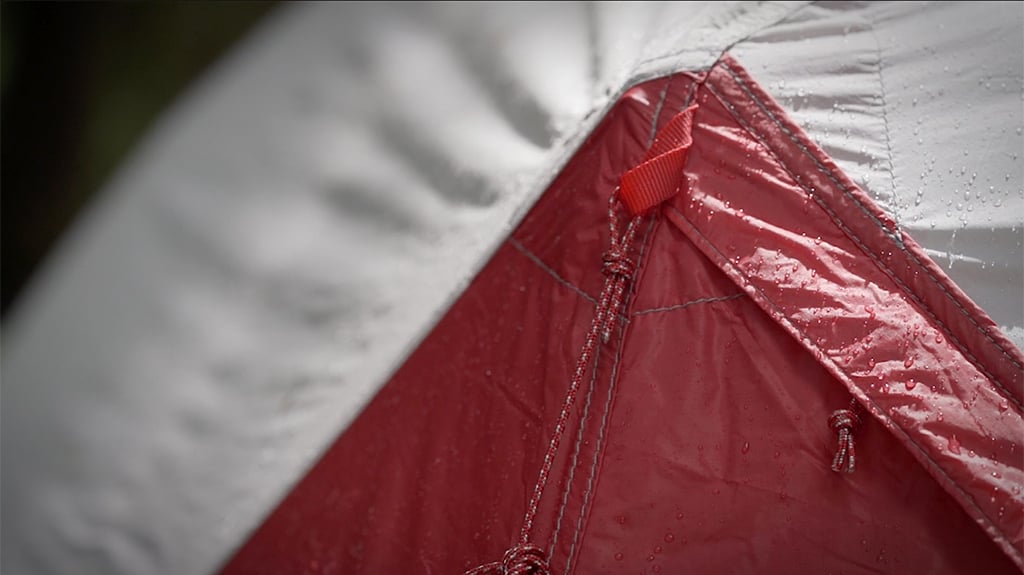
Are higher waterproofing ratings always better?
Actually, a bigger number isn’t better in all cases. A higher waterproofing rating doesn’t always translate into durability. In fact, the more coating you add, the heavier and more rigid the fabric becomes, and—after a point—the more susceptible to tearing. Rainfly fabric, especially lighter weight fabric, shouldn’t be made too rigid with waterproof coating as the fabric must withstand dynamic and sustained forces such as wind gusts and being guy-lined out.
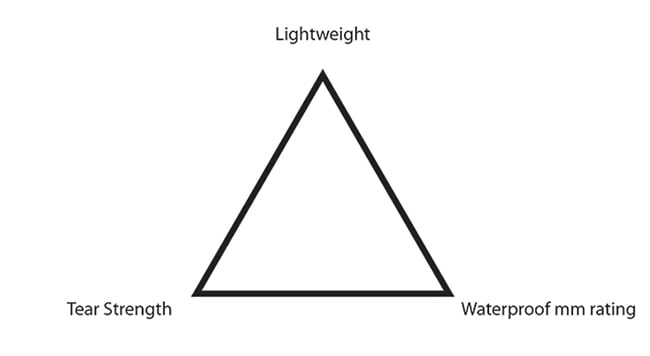
The MSR approach to waterproofing
Rather than designing our waterproof fabrics around a single industry standard, MSR draws on extensive research, testing and knowledge to create the optimal balance of waterproofing, tear strength and weight for each individual tent. This comprehensive approach helps us design tent floors that retain their waterproof performance, rainflies that resist tearing, and tents that keep water out for the long haul. And that’s a nice, warm thought to have when you’re in your tent and the hard rain starts coming down.
Related Posts:
- Tent Fabrics Part 1: Fabric Specs
- Tents 101: Single-Wall vs. Double-Wall Tents
- Understanding Tent Packaged Weight & Minimum Weight
Updated. Originally Published on June 17, 2015.

